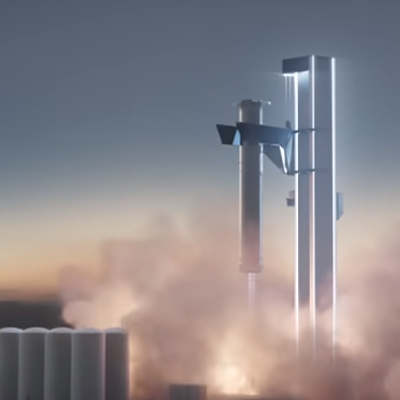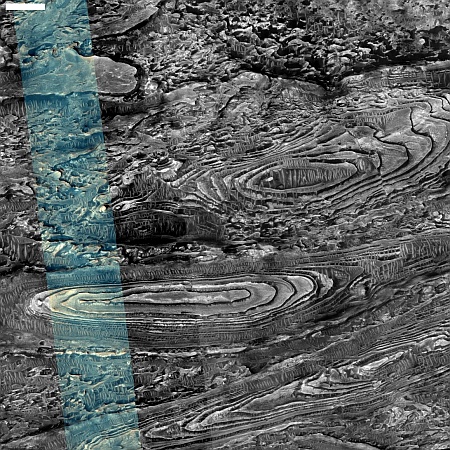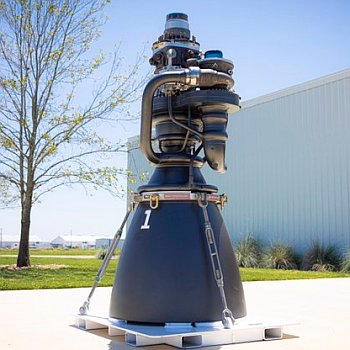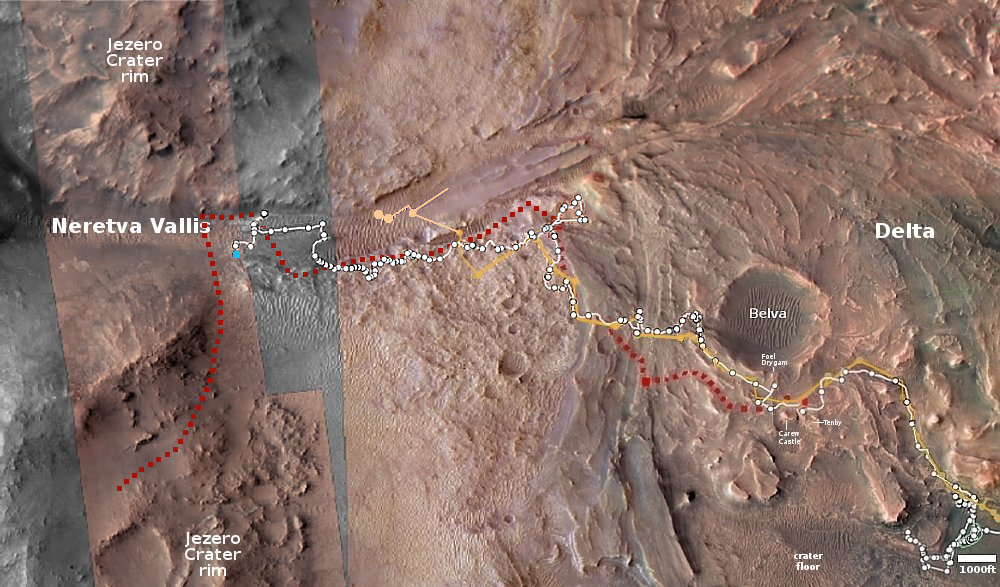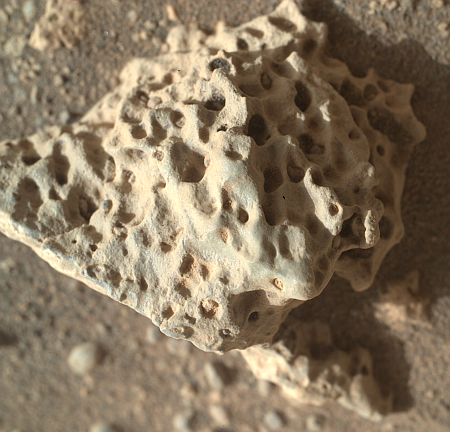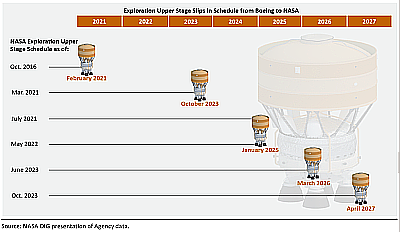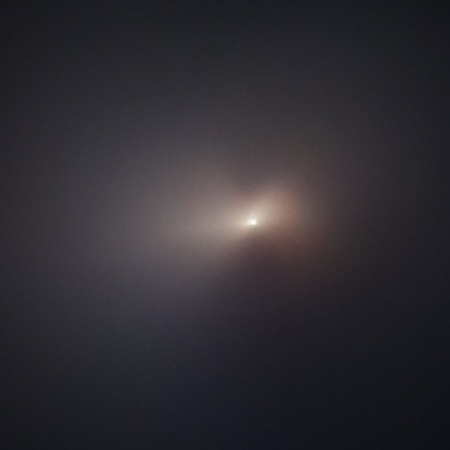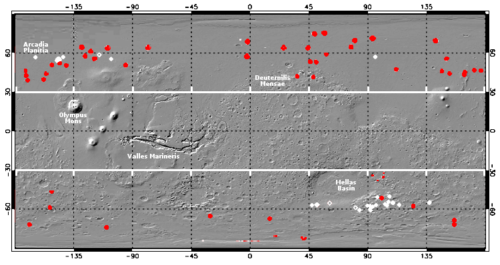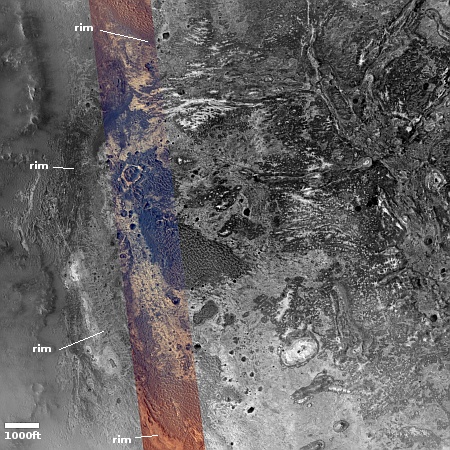Dawn Aerospace completes new round of flight tests of its small-scale rocket-powered airplane
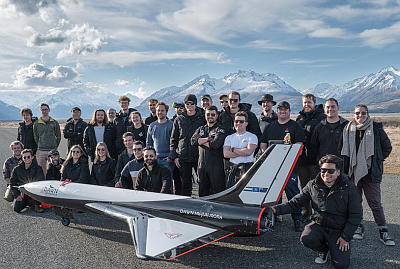
The crew and Mk-II prototype
The space startup Dawn Aerospace on August 7, 2024 announced the successful completion of a second set of flight tests of its small-scale rocket-powered Mk-II Aurora airplane, reaching speeds just below the speed of sound, with the goal in the next round of flights to set several major records and lay the groundwork of building a reuseable orbital spaceplane that can launch and land on a runway, and do so twice in one day.
The campaign (dubbed Campaign 2-2) saw three flights completed in late July. In flight three, we achieved a maximum speed and altitude of Mach 0.92 (967 km/h) and 50,000ft (15.1km). That is 3x and 5x of what we had achieved in the previous campaign – a massive jump in demonstrated performance.
We are now poised to fly supersonic in Campaign 2-3, scheduled for September. But that is just the beginning. In many respects, the Mk-II is slated to be the highest-performance vehicle to take off from a runway. By the end of 2025, we’re looking to climb faster than an F15, fly higher than a Mig 25, faster than an SR-71, and, ultimately, be the first vehicle to fly above the Karman line; 100km altitude (the generally accepted definition of “space”), twice in a single day.
Some of these records have stood for over 50 years.
The company has so far spent $10 million on this project, and has raised a total of $20 million. Nor is this Dawn’s only effort. It builds and sells thrusters for smallsats, and is also selling to smallsat makers its own docking and refueling port.
The press release at the link is very detailed, and worth perusing. Four of the company’s founders come from the rocket field, with the fifth from aviation. Their goal, to build from scratch a commercial orbital spaceplane using private funds entirely, is quite laudible but incredibly challenging. It remains to be seen whether they can do it. That the company has diversified successfully into the satellite industry is very encouraging however.

The crew and Mk-II prototype
The space startup Dawn Aerospace on August 7, 2024 announced the successful completion of a second set of flight tests of its small-scale rocket-powered Mk-II Aurora airplane, reaching speeds just below the speed of sound, with the goal in the next round of flights to set several major records and lay the groundwork of building a reuseable orbital spaceplane that can launch and land on a runway, and do so twice in one day.
The campaign (dubbed Campaign 2-2) saw three flights completed in late July. In flight three, we achieved a maximum speed and altitude of Mach 0.92 (967 km/h) and 50,000ft (15.1km). That is 3x and 5x of what we had achieved in the previous campaign – a massive jump in demonstrated performance.
We are now poised to fly supersonic in Campaign 2-3, scheduled for September. But that is just the beginning. In many respects, the Mk-II is slated to be the highest-performance vehicle to take off from a runway. By the end of 2025, we’re looking to climb faster than an F15, fly higher than a Mig 25, faster than an SR-71, and, ultimately, be the first vehicle to fly above the Karman line; 100km altitude (the generally accepted definition of “space”), twice in a single day.
Some of these records have stood for over 50 years.
The company has so far spent $10 million on this project, and has raised a total of $20 million. Nor is this Dawn’s only effort. It builds and sells thrusters for smallsats, and is also selling to smallsat makers its own docking and refueling port.
The press release at the link is very detailed, and worth perusing. Four of the company’s founders come from the rocket field, with the fifth from aviation. Their goal, to build from scratch a commercial orbital spaceplane using private funds entirely, is quite laudible but incredibly challenging. It remains to be seen whether they can do it. That the company has diversified successfully into the satellite industry is very encouraging however.

